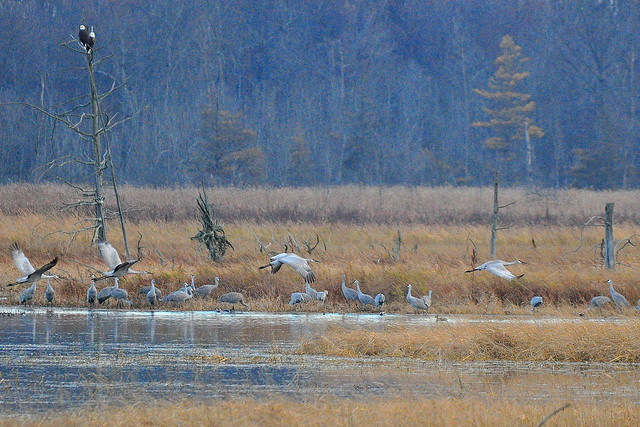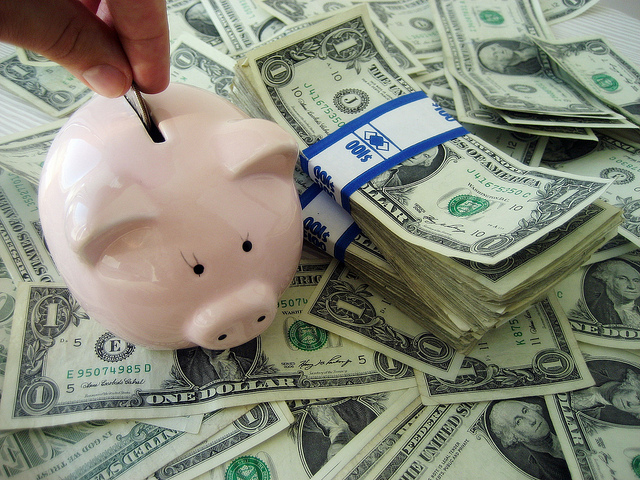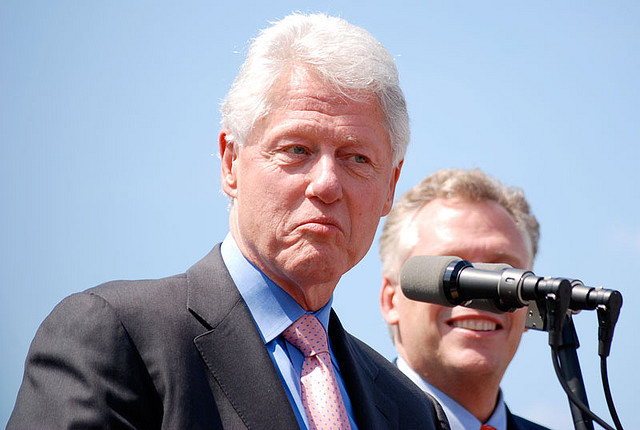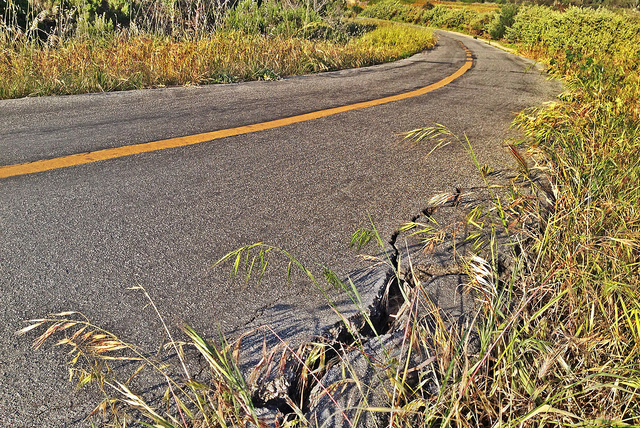10 Ways the Free Market Protects the Environment
Finally, energy resources, especially oil and gas, can be efficiently tapped within their respective private markets while protecting the environment, including sensitive habitat. The Audubon society has demonstrated this on their Rainey Sanctuary in Louisiana and their Bernard Baker Sanctuary in Michigan, where they have earned royalties from allowing oil drilling while maintaining and protecting habitat for migratory birds and other wildlife. In Louisiana, the sanctuary was in serious decline after Hurricane Rita tore through the area. At least one nearby oilfield canal blew a hole, causing major damage. New technology has made drilling less invasive, and the revenue from allowing a renewal of oil activity on the property (which was stopped in 1999) provides funds needed for restoration of the property, or which could be directed to other sites less at risk from normal environmental degradation such as the coastal erosion and hurricanes that has plagued the region.
These ten examples have only scratched the surface about the ways in which free markets can and do protect the environment. The examples have also barely touched on the ways in which public (government) stewardship falls short or fails utterly by contrast. The Property and Environment Research Center (PERC) in Bozeman, Montana has been doing yeoman’s work on Free Market Environmentalism for about 35 years now, and is an excellent source for information on the subject.







